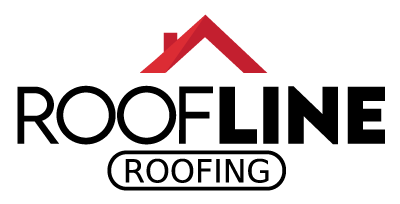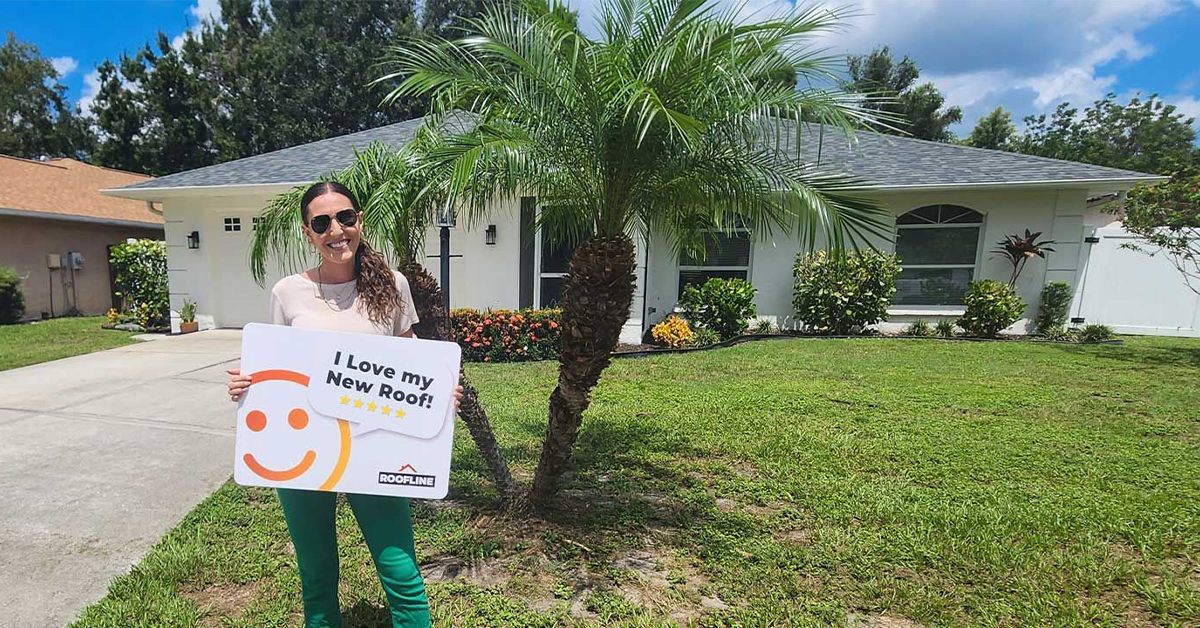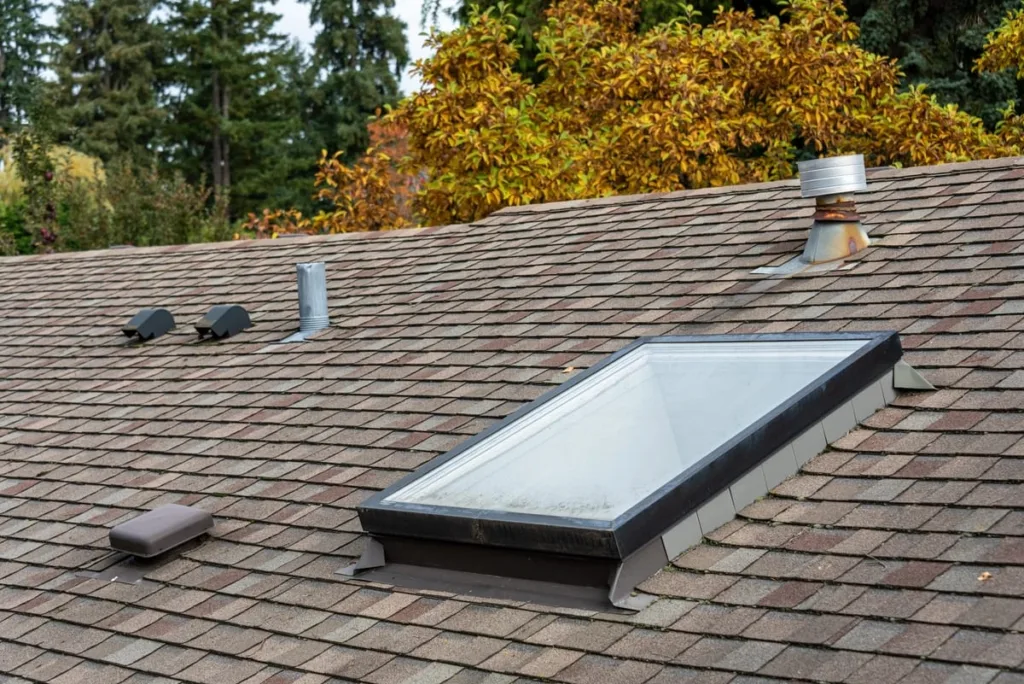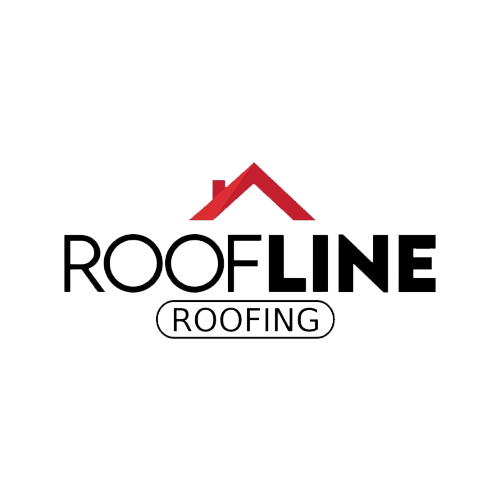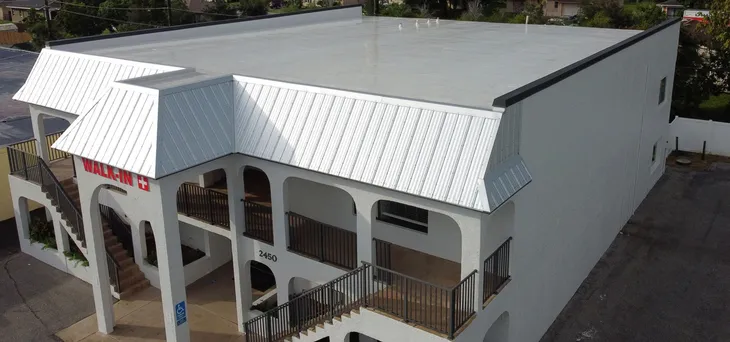
In the ever-evolving landscape of commercial roofing, staying informed about the latest advancements is essential for property managers and business owners. The shift towards innovative materials and technologies offers numerous benefits, including improved energy efficiency, enhanced durability, and sustainability. As Sarasota and its surrounding areas continue to grow, integrating cutting-edge roofing solutions becomes vital to maintaining competitive property management practices.
From cool roofs that drastically reduce energy consumption to smart sensors that provide real-time monitoring, the modern roofing industry presents a suite of advanced options. For those managing properties in Bradenton or Osprey, leveraging these advancements not only aligns with environmental and financial goals but also extends the lifespan and functionality of their investments. Embracing these innovations ensures properties not only meet current demands but are well-prepared for a sustainable future.
Recent Advances: The Latest in Roofing Materials and Techniques
Advancements in roofing materials and techniques are redefining the quality and efficiency of commercial roofs. For business owners and property managers in Sarasota looking to invest in their buildings, keeping a keen eye on these innovations can offer enduring benefits. From sustainable solutions to enhanced durability, modern approaches are reshaping how we think about roofing.
One of the most noteworthy advancements is the advent of cool roofing materials. Cool roofs are designed to reflect more sunlight and absorb less heat compared to standard roofing materials. According to the U.S. Department of Energy, cool roofs can lower roof temperatures by more than 50 degrees Fahrenheit. This is crucial for commercial buildings as it reduces the need for air conditioning, leading to significant energy savings. For businesses in sunny Sarasota, where temperatures can soar, cool roofing is a practical investment. Whether it’s utilizing cool roof coatings or specialized membranes, investing in these technologies can contribute to lower utility bills and a reduced carbon footprint.
Another promising development is the use of thermoplastic polyolefin (TPO) roofing. TPO is a single-ply roofing membrane known for its resilience against ultraviolet light, chemical exposure, and ozone. This material is particularly favored in the commercial roofing sector due to its ability to combine durability with cost-effectiveness. Research by the National Roofing Contractors Association highlights TPO’s reflective nature, which contributes to its energy-efficient benefits. In cities like Sarasota, where sun and salt can wear down traditional roofing materials, TPO offers a robust alternative.
Green roofing systems are also gaining traction in urban areas. These systems offer dual benefits by providing green space and enhancing building insulation. Studies show that green roofs can increase a roof’s lifespan by shielding it from ultraviolet radiation and extreme temperature fluctuations. Moreover, the plants in green roofs contribute to cooling the surrounding environment through additional shade and increased air quality. While initially more expensive, the long-term energy savings and extended roof lifespan can offset the initial investment.
The integration of advanced drone technology and artificial intelligence in roof inspections is revolutionizing how roof assessments are conducted. Drone inspections provide a safe, quick, and accurate view of a roof’s condition, eliminating the need for risky manual inspections at heights. Coupling drones with AI allows for the immediate analysis of problem areas, identifying issues such as leaks or structural weaknesses before they become costly repairs. This technological marriage not only streamlines maintenance schedules but also prolongs the functional life of a roof by addressing issues early.
In terms of materials, there’s been a surge in the use of modified bitumen roofing. This material merges standard asphalt with polymers to enhance roof flexibility and durability under extreme weather conditions. According to Roofing Contractor magazine, modified bitumen is exceptionally beneficial in regions prone to high winds or drastic temperature shifts. Sarasota’s susceptibility to hurricanes makes this an attractive option for commercial properties looking to ensure resilience.
Additionally, advancements in photovoltaic (PV) solar roofing components are making solar power more accessible and visually appealing. Modern PV panels are now integrated directly into roof tiles, providing energy generation without compromising aesthetics. The Solar Energy Industries Association reports a year-on-year increase in efficiency and adoption of these systems, driven by declining costs and improved technology. Buildings in sunshine-rich counties like Sarasota stand to benefit significantly from these systems, especially with federal and state incentives available for solar installations.
Lastly, synthetic underlayment is quickly replacing traditional felt underlayment in roofing projects. Synthetic materials offer increased resistance to tearing and moisture, providing a more reliable barrier against water penetration. The development of these new underlayments contributes to the roof’s longevity and decreases maintenance needs over time. As meteorological unpredictability becomes more common, having a strong defense against water damage is crucial.
These advancements in commercial roofing present property managers with a suite of options to improve energy efficiency and durability. For businesses in Sarasota, integrating these innovations promises not only savings and sustainability but also bolsters the appeal and functionality of their properties in an increasingly competitive market.
Technology Integration: Smart Solutions for Roof Management
Efficient roof management is swiftly becoming a cornerstone of commercial property strategy, particularly with the integration of cutting-edge technologies. These innovations offer unique opportunities to enhance operational efficiency and prolong the lifespan of commercial roofs. For those managing properties in Bradenton, understanding how roof technology integration can benefit your enterprise is crucial.
One of the most promising integrations is through smart sensor technology. These sensors are designed to continuously monitor various parameters such as temperature, moisture levels, and structural movement. By collecting and analyzing this data, property managers can receive real-time alerts about potential issues that need attention. A reliable study published by the Journal of Building Performance outlines that continuous monitoring can reduce maintenance costs by up to 30% by preventing minor issues from evolving into more severe problems. This proactive approach is invaluable in the hot, humid conditions typical of Bradenton, where roof deterioration can happen swiftly and unexpectedly.
Another aspect of technology integration involves building management systems (BMS) that can interface with roof infrastructure. These systems allow for centralized control and visibility of all integrated components, from HVAC to lighting, and now roofing, making them incredibly useful for consolidating property management efforts. By including roofing in a BMS, managers can assess roof performance metrics alongside other building systems, offering a holistic view of a property’s energy efficiency and operational status. Reports from Facility Management magazines indicate a 15% increase in overall building performance with the adoption of comprehensive BMS that incorporate roofing systems.
The Internet of Things (IoT) is likewise proving transformative for roof management, facilitating the development of cloud-based platforms for data analysis. IoT-enabled devices can provide comprehensive data analyses and predictive maintenance scheduling. Through machine learning algorithms, these platforms can accurately predict when maintenance is due or when a particular section of the roof may reach the end of its practical life. As this technology becomes more prevalent, the narrative is shifting from reactive maintenance to predictive maintenance, aligning asset management with cost-saving and efficiency-improving future trends.
One fascinating real-world implementation is occurring in Bradenton’s commercial sector, where an increasing number of property managers are adopting smart roofing solutions. By using the city’s high levels of sunlight to power IoT devices through small solar panels, these systems remain energy-neutral, harnessing the natural resources of the area. This symbiotic relationship between the environment and technology demonstrates progressive leadership in property management.
Enhanced communication between property managers and roofing service providers is another benefit of technology integration. With digital platforms, service providers can offer remote consultations and assessments, using drone footage and sensor data to deliver precise management advice without needing to visit the site physically. This not only saves time and money but also reduces the risk involved in manual inspections, particularly on larger commercial properties.
Incorporating augmented reality (AR) into roof management is yet another future-forward development. Through AR applications, technicians and managers can visualize roof structures and systems in 3D, facilitating better planning and training. For instance, AR can be used to simulate roof repairs, allowing maintenance teams to prepare effectively before actual execution, minimizing downtime and ensuring repairs are conducted with precision and minimal waste.
In conclusion, the integration of smart technology in roof management represents a significant step forward for commercial properties. As the landscape of building management continues to evolve, those who embrace these innovations will remain ahead in preserving, protecting, and enhancing their property investments. For businesses in regions like Bradenton, where environmental conditions demand resilient roofing solutions, technology integration offers a clear path to both sustainability and profitability.
Future Trends: Predicting What’s Next in Commercial Roofing
The commercial roofing industry is continually evolving, with advancements in technology and materials steering the course towards future trends. Understanding these developments is crucial for property managers and business owners looking to stay ahead in Osprey and other rapidly developing regions.
Navigating through the projected trends, sustainability remains a key focal point. The push for environmentally friendly building solutions is driving the popularity of recycled roofing materials. These materials offer a viable solution for reducing waste in landfills and contribute to a lower environmental footprint. For commercial properties in Osprey, utilizing recycled materials can also enhance corporate social responsibility and appeal to environmentally conscious clients.
Beyond sustainability, the market is seeing a shift towards advanced coating technologies. Reflective coatings, in particular, are expected to grow in demand. These coatings can be applied over existing roofing systems to improve energy efficiency by reflecting sunlight rather than absorbing it, thus reducing cooling needs. This approach is not only cost-effective but also extends the life of the roof by minimizing heat-related degradation.
Incorporating advanced energy technologies in roofs represents another promising trend. The development of translucent solar panels integrated with roofing materials gives properties the dual benefit of power generation and spatial aesthetic enhancement. This innovation can transform rooftops into functional energy assets while maintaining the property’s architectural appeal. Given Osprey’s abundant sunshine, buildings adopting solar-integrated roofs can take advantage of both environmental and financial incentives.
Another avenue earning attention is the use of nanotechnology in roofing materials. Nano-coatings can provide roofs with self-cleaning properties, reducing the need for regular maintenance. These coatings work by repelling dirt and pathogens, maintaining the roof’s appearance while minimizing upkeep costs. For commercial entities, this translates to less disruption, fewer maintenance expenditures, and extended roof longevity.
Insulation is another area ripe for innovation. The future will likely see increased use of advanced insulation materials, like aerogels, which provide exceptional thermal insulation with minimal thickness. Such materials are beneficial for commercial buildings with limited structural load capabilities but require robust insulating solutions.
Modular roofing elements are also anticipated to rise in popularity. By prefabricating roofing components off-site, there’s a substantial decrease in on-site construction time and labor costs. This method not only speeds up the installation process but also ensures precision manufacturing, reducing the risk of on-site errors and increasing the quality of the finished product.
Weather resilience is a topic not to be overlooked in areas like Osprey that are susceptible to severe weather events. The industry is moving towards designing roofing systems with greater resistance to wind, water, and impact damage. Materials such as reinforced membranes and interlocking metal panels are expected to become more prevalent, offering enhanced protection against extreme weather conditions.
The future promises further integration of smart systems within roofing infrastructure. Building management solutions will continue to evolve, providing real-time monitoring and maintenance scheduling directly linked to the structural health of the roof. This approach reduces the likelihood of costly repairs by enabling proactive maintenance strategies.
Keeping pace with these future commercial roofing trends in Osprey provides businesses the opportunity to not only protect their assets but also to leverage these developments for greater operational efficiency and sustainability. Every innovation marks a step towards more adaptive, resilient, and eco-friendly roofing solutions that respond aptly to the demands of modern-day commercial requirements.
You might be asking
What are recent technological advancements in commercial roofing?
Recent advancements in commercial roofing include eco-friendly roofing materials, solar panel integration, and smart roof systems. Eco-friendly materials, such as fully-recyclable thermoplastic olefin (TPO), reduce environmental impact. Solar panels harness renewable energy, while smart roof systems use sensors and automation to manage water drainage and regulate building temperature.
How do smart roofing solutions enhance building efficiency?
Smart roofing solutions enhance building efficiency by utilizing sensors and automation to monitor and manage roof conditions. These systems can adjust insulation and manage heat retention, reducing energy consumption. They also detect leaks early, preventing damage and minimizing maintenance costs, ensuring the building runs efficiently.
Are there cost implications associated with adopting new roofing technologies?
While new roofing technologies may have higher upfront costs, they often lead to long-term savings. Energy-efficient materials and systems can significantly reduce utility bills, and extended lifespans lower replacement costs. Additionally, early leak detection and optimized maintenance schedules reduce repair expenses over time.
Next Steps
Staying informed about the latest in commercial roofing advancements is a strategic move for property managers and business owners in South Florida. Embracing innovations like smart sensor technology, green roofing systems, and modern solar integrations can significantly enhance a property’s resilience, efficiency, and sustainability. These options not only lower long-term costs but also increase property value and appeal in today’s competitive market.
For those considering upgrades or new installations, evaluating your specific needs and understanding the options available is key. Partnering with professionals who are experienced in the latest roofing technologies can provide invaluable insight into making informed decisions that align with your business goals. Roofline Roofing offers free consultations to discuss how these advancements can be tailored to meet your specific requirements. Reach out to explore how we can assist in optimizing your roof for the future while safeguarding your investment.
Contact Us
Use the form below to contact us or to schedule a free consultation.
I would highly recommend Roofline Roofing for any roofing needs. As a fellow business owner, their professionalism and efficiency stood out. They provided quality service, completed the job on time, and their pricing was fair. Very satisfied with their work!
-- Logan L.
